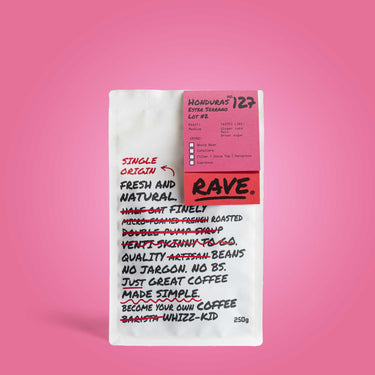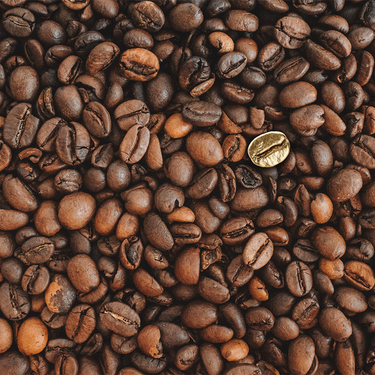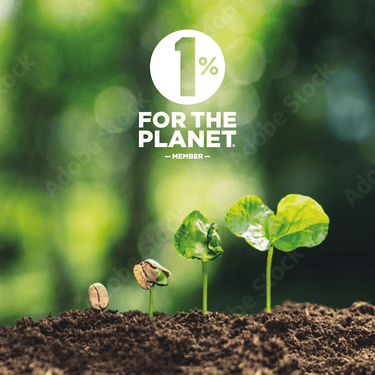Dominican Republic
Caribbean Coffee Region
History of Coffee in the Dominican Republic
The Dominican Republic is a bit of an underdog in the coffee world, despite having produced coffee since 1734 when it was still considered part of the territory of San Domingo (along with Haiti). It arrived thanks to a guy named Gabriel de Clieu who in around 1720 brought coffee to the Caribbean where the industry flourished and enabled the spread of coffee cultivation to the islands of the Caribbean, including the Dominican Republic. By the 1800s, coffee made up over 30% of this country's trade.
Coffee is grown on slopes of the mountain range that runs down the centre of the Dominican Republic. The government has been hugely instrumental in developing the country's coffee economy, establishing seven main growing regions and working to promote the individual profiles of the coffees from these distinct microclimates, which range from 600 to 1450 meters above sea level. This diversity of growing conditions, along with year round rain, means that coffee is grown almost all year round. Farms tend to be small, and many of them are organic (though not necessarily officially certified) and shade-grown beneath native pine, guava and macadamia trees. All of the coffee is wet processed, with many producers processing their coffee themselves in small wet mills called 'benefices humedos'.
Today, coffee is not only an important part of the Dominican Republic's economy, it's also a key part of its culture. It's the national non-alcoholic drink of choice and is typically served in a small, espresso-sized cup.
Characteristics of Dominican Republic Coffee
The Dominican Republic's variable weather and coffee varietals make for an equally variable finished cup, depending on where the beans were grown and how they were roasted. Across all of the country, the long growing season, extended by warm winds and ocean currents, allow the coffee cherries to ripen very slowly on the coffee plants offering the potential for very high quality coffee beans.
The most distinguished coffees are from Barahona, Ocoa, Cibao, Altura and Bani. Barahona is widely considered to be the finest, grown in high altitudes and known for its rich flavour, heavier body and and high acidity. Bani and Ocoa produce mellower, softer flavours, while Cibao coffee is known for its low acidity.

Dominican Republic Coffee: Interesting
Facts and News Bites
-
Less than 20% of the Dominican Republic's coffee is exported, a testament to country's strong domestic coffee culture (coffee consumption hovers at around 3kg per-capita).
-
All Dominican Republic coffee is Arabica, with the majority (about 90%) being of the Typica type, with others being Bourbon, Catuai, Caturra and Mundo Novo
-
The seven main growing regions are Cibao, Barahona, Noroeste, Neyba, Sierra Sur, Sierra Occidental and Sierra Centra.
References
http://www.coffeehunter.com/green_coffees/european/dominican_republichttp://www.coffeereview.com/reference.cfm?ID=222
http://dr1.com/articles/coffee.shtml
http://www.coffeechapters.com/dominican-coffee-beans





